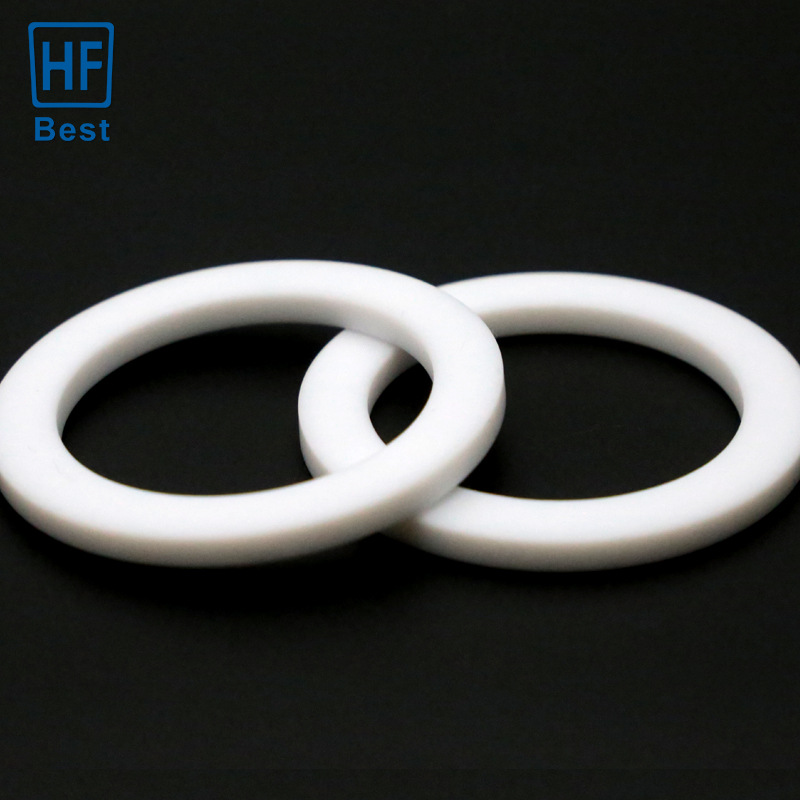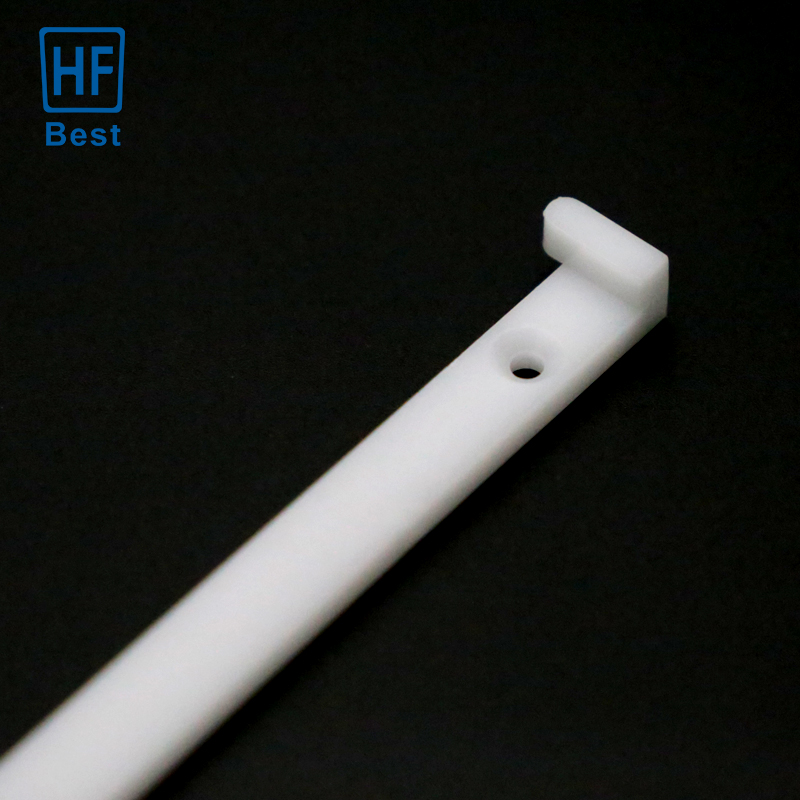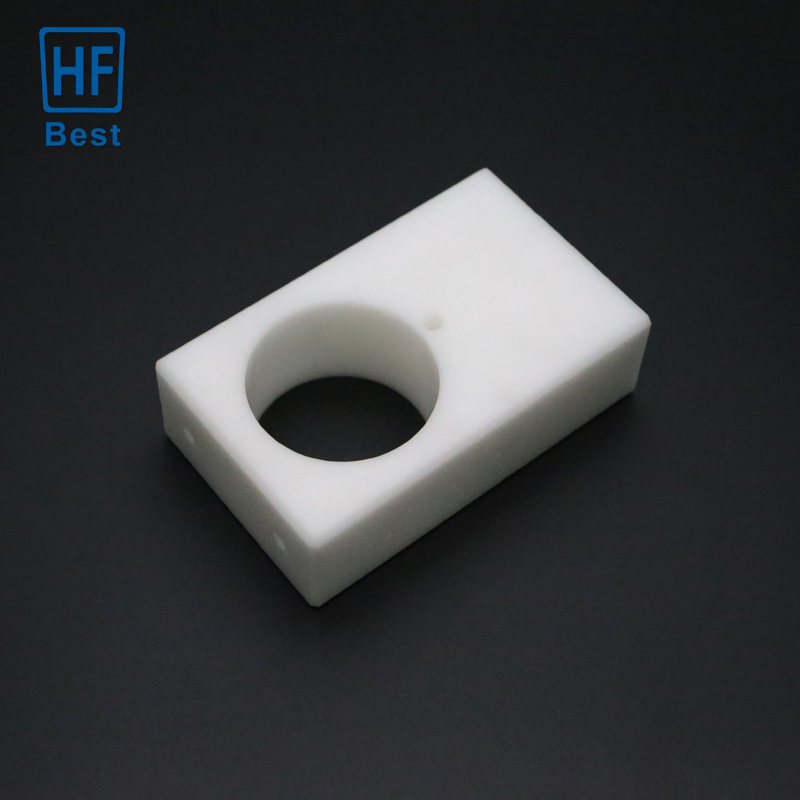News
- Industry news
Industry news
Engineering plastics science - POM injection molding
POM injection molding process
1, plastic treatment
POM has low water absorption, generally 0.2%-0.5%. Under normal circumstances, POM can be processed without drying, but wet raw materials must be dried. The drying temperature is above 80℃ and the time is more than 2 hours, which should be carried out according to the supplier's information.
2, the selection of plastic machine
POM In addition to requiring the screw to have no hysteresis area, there is no special requirement for the injection molding machine, and the general injection molding can be done.
3. Mold and gate design
Common mold temperature control is 80-90℃, the diameter of the runner is 3-6mm, the length of the gate is 0.5mm, the size of the gate depends on the thickness of the rubber wall, the diameter of the circular gate should be at least 0.5-0.6 times the thickness of the product, the width of the rectangular gate is usually 2 times or more than the thickness, the depth is 0.6 times the wall thickness, and the release inclination is between 40 '-130'.
4, melting speed
POM-H can be set to 215℃ (190℃-230℃)
POM-K can be set to 205℃ (190℃-210℃)
5. Injection speed
The common speed is medium fast, too slow is easy to produce ripples, too fast is easy to produce jet and shear overheating.
6. Back pressure
The lower the better, generally no more than 200bar.
7. Retention time
If the equipment has no glue retention point,POM-H can be retained at 215 ° C for 35 minutes; POM-K can be retained at 205 ° C for 20 minutes without serious decomposition, and the melt cannot be retained in the barrel for more than 20 minutes at injection molding temperatures. POM-K can be retained for 7 minutes at 240℃. If the machine is stopped, the barrel temperature can be reduced to 150 ° C, if you want to stop for a long time, you must clean the machine cylinder and turn off the heater.
8. Stop
Cleaning the barrel must use PE or PP, turn off the electric heat, and push the screw in the front position. Barrel and screw must be kept clean. Impurities or dirt can change the overheating stability of POM (especially POM-H). Therefore, when the halogen-containing polymer or other acidic polymers are used, the POM material can be played after the PE is cleaned up, otherwise there will be an explosion. Improper use of pigments, lubricants or materials containing GF nylon can lead to plastic degradation.
9. Post-processing
For very warm parts and high quality requirements, heat treatment must be carried out. Annealing treatment effect, the product can be immersed in 30% hydrochloric acid solution for 30 minutes to check, and then use the naked eye to determine whether there is a residual stress crack.
Guangzhou Best Rubber & Plastic Co., Ltd. has more than 20 years of experience in POM injection molding, with more than 2,000 square meters of physical processing plants, but also has professional production and processing equipment, as well as professional design team, can provide customers with satisfactory products and services.

POM materials used in injection moulds
1. Steel
Commonly used steels are SKD11, DC53, etc. These steels have the characteristics of high hardness, high strength, good wear resistance, etc., which are suitable for making high-precision and high-demand molds.
2. Aluminum alloy
Aluminum table gold has the characteristics of light weight, corrosion resistance, good thermal conductivity, etc., and is widely used in some molds requiring low precision.
3. Cemented carbide
Cemented carbide has the characteristics of high hardness, high strength, good wear resistance, etc., which is suitable for making molds requiring high precision and high strength.
4. Polyimide (P1)
P1 has good high temperature stability and chemical corrosion resistance, suitable for making high temperature and high pressure molds.
5. Carbon fiber composite materials
Carbon fiber composite material has light weight, high strength, rigidity and good waiting point, which is suitable for making high-precision and high-demand molds.

POM injection molding precautions
1. Injection temperature
Under the circumstances, when the injection temperature is 20~30℃ higher than the melting point, not only the comprehensive physical and mechanical properties are good, but also the apparent smooth and flat products can be obtained at this temperature, so the injection temperature is controlled between 190~ 200℃. For thin-walled products, it can be increased to 210℃ for processing, exceeding this temperature not only can not improve the flow of the material, but may lead to the decomposition of the material.
2. Injection pressure
The injection pressure of POM plastic is related to the wall thickness of the product and the type of equipment. In order to ensure smooth demoulding, the injection pressure should not be too high.
3. Injection speed
The injection speed is slow, there will be poor welding. Thin-walled products are selected for rapid injection.
4. Mold temperature
Mold temperature is controlled at about 60~100℃.
5. Precautions
The production should be carried out continuously. If it is stopped, the residual material in the cylinder should be emptied to avoid material decomposition and product black spots when it is heated again. The molding temperature of POM is not allowed to exceed 240 ° C, at which temperature the material will quickly decompose. The material should not stay in the barrel above 190 ° C for too long, otherwise it will also cause the material to decompose. In the case of ensuring product quality and melt fluidity, lower molding temperature and shorter molding cycle should be selected as far as possible. The post-treatment of POM products is carried out with air or oil as the medium. The temperature is 140~150℃ and the time is 3~5h.

POM injection molding size fluctuation solution
1. The fluctuation of barrel temperature causes the change of product structure size. The barrel temperature should be stabilized.
2. The size fluctuation caused by the fluctuation of buffer quantity. The buffer should be kept constant.
3. Too low or too high mold temperature will lead to size fluctuations. Mold temperature should be controlled accurately.
4. The injection speed is too slow. The mold should be filled quickly.
5. Product cooling is not uniform, causing size instability. The products after demoulding should be treated by annealing process, and the products should still be uniformly cooled after demoulding.
6. Improper mold design. For multi-cavity mold, cavity arrangement form and gate size should be reasonably designed to ensure synchronous mold filling.






